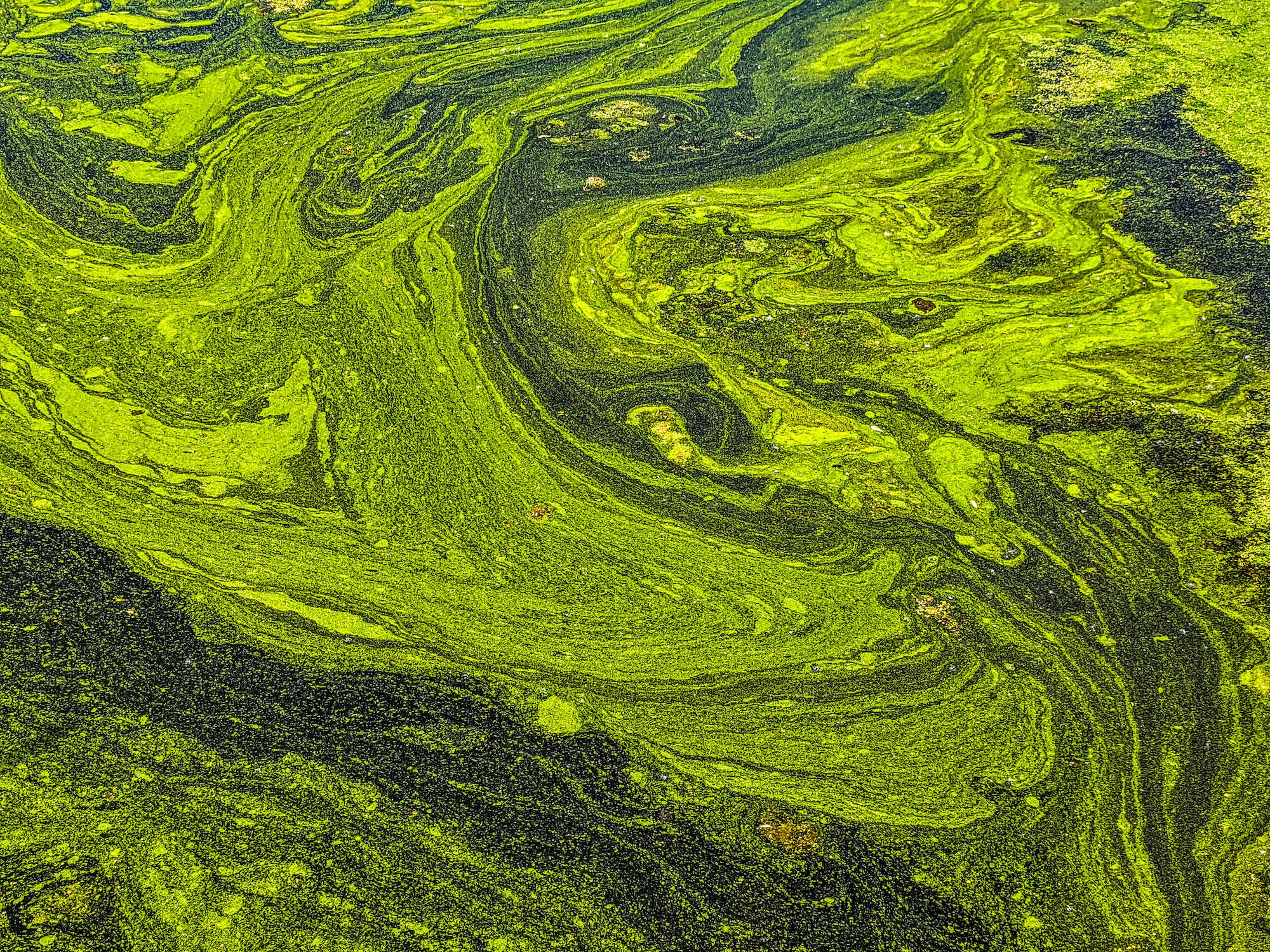Raceway ponds, also known as open pond systems, are one of the most widely used methods for cultivating microalgae. These ponds are characterized by their shallow depth and large surface area, which provide an ideal environment for the growth of algae. The raceway pond system is an effective and low-cost method for producing algal biomass, which can be further processed into valuable bioproducts such as biofuels, animal feed, and nutraceuticals.
The basic design of a raceway pond consists of a series of interconnected channels with a paddlewheel mechanism that continuously circulates the water and algae mixture. This circulation helps to evenly distribute sunlight and nutrients throughout the pond, promoting efficient photosynthesis and algal growth. The paddlewheel also serves to prevent the settlement of algae at the bottom of the pond, ensuring that they remain suspended in the water for optimal growth conditions.
The depth of raceway ponds typically ranges from 0.2 to 0.4 meters, allowing for maximum sunlight penetration and efficient gas exchange between the water and atmosphere. The large surface area of these ponds enables them to absorb more sunlight compared to deeper cultivation systems like photobioreactors. In addition, open pond systems have lower construction and operational costs than closed systems, making them an attractive option for large-scale microalgae cultivation.
One of the main challenges associated with raceway ponds is maintaining optimal conditions for algal growth. Temperature regulation is crucial in these systems, as excessive heat can lead to reduced productivity or even algal death. To mitigate this issue, some raceway ponds are equipped with cooling systems that help maintain a consistent water temperature.
Another challenge is contamination by unwanted organisms such as bacteria, fungi, or competing algae species. These contaminants can negatively impact algal growth and reduce the overall productivity of the system. To minimize contamination risks, raceway ponds should be constructed using materials that resist biofouling (accumulation of microorganisms on surfaces) and regularly monitored for the presence of unwanted species. In some cases, chemical treatments like algaecides or biocides may be necessary to control contaminant populations.
Despite these challenges, ongoing research and technological advancements are addressing these issues and improving the efficiency of raceway pond systems. For example, the introduction of CO2 to raceway ponds can enhance algal growth by providing an additional source of carbon for photosynthesis. This method, known as carbon dioxide capture and utilization (CCU), not only improves productivity but also helps mitigate greenhouse gas emissions from industrial processes.
Another promising innovation in raceway pond technology is the use of hybrid systems that combine open ponds with closed photobioreactors. These hybrid systems provide the benefits of both cultivation methods, such as the low cost and large surface area of open ponds and the controlled environment and higher productivity of photobioreactors. By integrating these two technologies, it is possible to achieve higher biomass yields while minimizing contamination risks.
In conclusion, raceway ponds represent a practical and cost-effective approach to microalgae cultivation. Their simple design allows for easy scalability and adaptability to various environmental conditions. With ongoing research and development efforts in this field, raceway pond technology continues to evolve and improve, contributing to a more sustainable future for algae-based products and applications.


